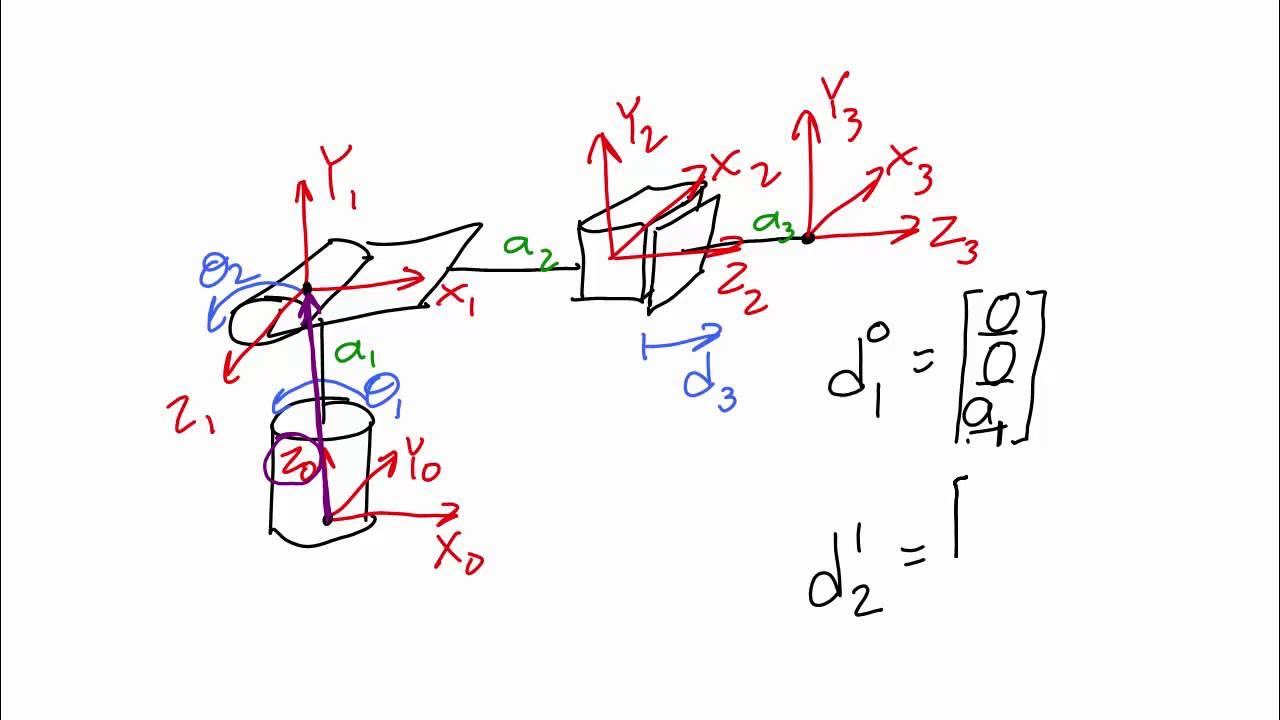Capítulo 2 - Matrizes
Summary
TLDRThis script explains the concept of matrices in programming, comparing them to vectors and highlighting their bidimensional structure. It discusses how matrices are used to store data of the same type and introduces key characteristics such as name, type, number of rows, number of columns, size, and indices. The script emphasizes the importance of understanding the graphical representation of matrices, with an example illustrating a 5x3 integer matrix. It also covers how to properly identify matrix elements using row and column indices, making clear distinctions between matrix values and their positions. Overall, it provides a foundational understanding of how matrices function in programming.
Takeaways
- 😀 A matrix is a two-dimensional structure used to store data of the same type.
- 😀 Matrices can also be considered as bidimensional vectors, which can be visualized graphically.
- 😀 Unlike a simple variable, which stores a single data point, a matrix has compartments organized in rows and columns.
- 😀 A matrix stores data in both horizontal (X-axis) and vertical (Y-axis) directions.
- 😀 The elements in a matrix must all be of the same data type, making matrices homogeneous data structures.
- 😀 Matrices are stored in the computer's main memory, allowing their values to be accessed throughout the program.
- 😀 Each compartment in a matrix is referred to as a cell, and cells are identified by a row and column index.
- 😀 A matrix is described by six key characteristics: name, type, number of rows, number of columns, size, and index.
- 😀 The matrix size is represented by the number of rows followed by the number of columns, e.g., 5x3.
- 😀 Indices of a matrix start at a specific point, and each cell's position is denoted by its row and column indices.
- 😀 It's crucial not to confuse matrix indices (positions) with the actual values stored within the cells.
Q & A
What is a matrix in programming?
-A matrix is a two-dimensional data structure that stores elements of the same type. It can be seen as a bidimensional vector, with data organized into rows and columns.
How is a matrix different from a vector?
-While both a matrix and a vector are used to store data, a matrix is a two-dimensional structure (organized in rows and columns), whereas a vector is a one-dimensional structure, containing elements in a single line.
What is the purpose of understanding the graphical representation of a matrix?
-Understanding the graphical representation of a matrix helps in better comprehending its structure, how it stores data, and how to work with its cells programmatically.
What are the characteristics of a matrix?
-A matrix has six key characteristics: name, type, number of rows, number of columns, size, and index. These properties help define the matrix and its structure.
What does the 'type' of a matrix refer to?
-The 'type' of a matrix refers to the type of data that can be stored within the matrix, such as integers, floats, or other data types.
How are the dimensions of a matrix represented?
-The dimensions of a matrix are represented by the number of rows and columns, expressed in the format 'rows x columns'. For example, a matrix with 5 rows and 3 columns is referred to as having dimensions 5x3.
What is an index in the context of a matrix?
-An index refers to the position of an element within the matrix. It is represented by two numbers: the row index and the column index, where the first number indicates the row, and the second number indicates the column.
How are matrix cells identified?
-Matrix cells are identified by the matrix's name followed by the row and column indices in brackets. For example, 'Matrix[2][3]' refers to the element in the 2nd row and 3rd column of the matrix.
What does the 'size' of a matrix represent?
-The size of a matrix refers to the total number of elements it can store, which is the product of the number of rows and the number of columns.
Why must the data in a matrix be of the same type?
-The data in a matrix must be of the same type to maintain consistency and to ensure efficient memory usage and access, as matrices are considered homogeneous data structures.
Outlines

This section is available to paid users only. Please upgrade to access this part.
Upgrade NowMindmap

This section is available to paid users only. Please upgrade to access this part.
Upgrade NowKeywords

This section is available to paid users only. Please upgrade to access this part.
Upgrade NowHighlights

This section is available to paid users only. Please upgrade to access this part.
Upgrade NowTranscripts

This section is available to paid users only. Please upgrade to access this part.
Upgrade NowBrowse More Related Video
5.0 / 5 (0 votes)





